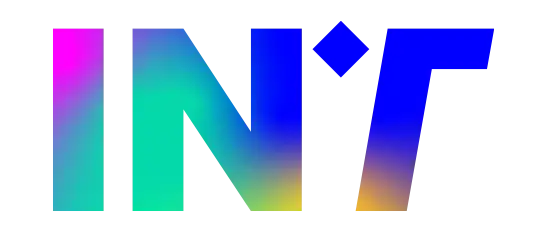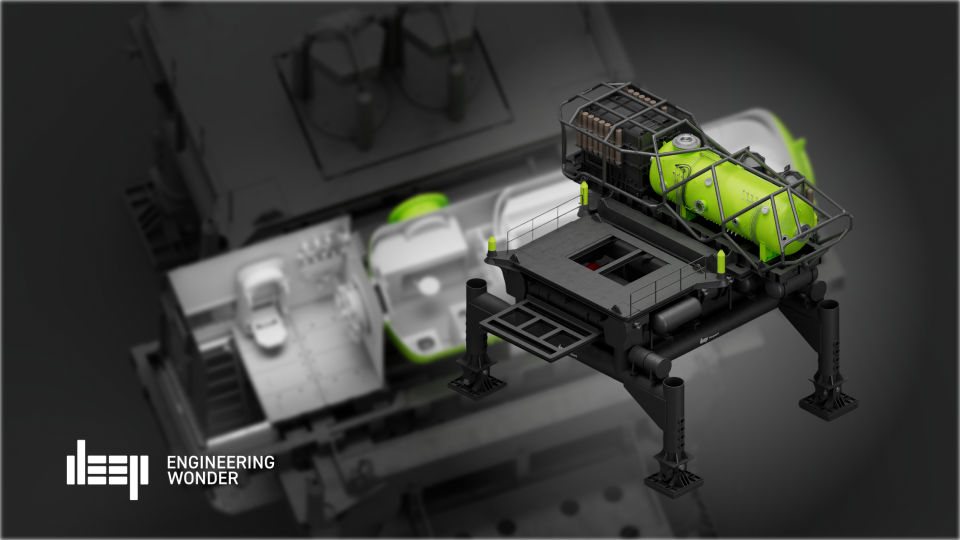Amazon Web Services (AWS) has officially unveiled Ocelot, its first quantum processor (QPU), marking a strategic step into the quantum computing field. The announcement, supported by a publication in the prestigious journal Nature, focuses not on qubit count, but on a radically different architecture, designed from the ground up to tackle the industry’s most critical challenge: Quantum Error Correction (QEC) with superior hardware efficiency.
Competitive context and AWS strategy
AWS’s entry with its own hardware places it in an extremely competitive technological landscape. It comes shortly after Microsoft’s presentation of the “Majorana 1” chip, based on topological qubits, and stands in stark contrast to the approaches of Google and IBM, which are primarily based on superconducting transmon-type qubit architectures.
The AWS strategy, as explained by Oskar Painter, Director of Quantum Hardware at AWS, was not to retrofit error correction onto an existing architecture. Instead, the entire stack—from the choice of qubit to the processor’s design—was conceived with QEC as a primary requirement. This approach aims to overcome the main hurdle preventing the transition from today’s Noisy Intermediate-Scale Quantum (NISQ) computers to large-scale, fault-tolerant machines capable of running complex and useful algorithms.
Ocelot’s hybrid architecture: Cat Qubits and Transmons
The Ocelot chip is a 9-qubit prototype device that implements a hybrid architecture, combining two different types of superconducting qubits on a single silicon chip:
- “Cat” Qubits: Five of the nine qubits are of this type. The name is derived from the famous Schrödinger’s Cat paradox, as these qubits encode quantum information in superpositions of coherent states of a harmonic oscillator. Physically, they are realized as three-dimensional resonant cavities made of tantalum, a superconducting material, which contain and manipulate microwave photons. Their primary role in Ocelot is to store quantum information.
- Transmon Qubits: The remaining four qubits are transmons, which are more conventional superconducting circuits. In this architecture, they do not act as the primary computational units but serve as ancillary qubits for monitoring and measuring the state of the cat qubits, a process essential for implementing error correction protocols.
This hybrid architecture is the core of AWS’s innovation.
The advantage in quantum error correction (QEC)
Any quantum system is subject to two fundamental types of errors: bit-flips (X errors), which are analogous to errors in classical bits (a 0 becomes a 1), and phase-flips (Z errors), a purely quantum type of error related to the phase of the qubit’s probability wave.
The fundamental advantage of Ocelot’s design lies in the very nature of cat qubits. Their physical structure and the energy states in which they encode information make bit-flip errors extremely rare. The architecture is engineered to have a highly asymmetric error channel, where phase-flip errors are predominant.
This asymmetry allows for the use of a much simpler and more efficient error-correction code. Instead of needing to simultaneously protect against both error types, the system can focus almost exclusively on correcting phase-flips. The benefits are significant:
- Reduced Hardware Overhead: AWS claims this approach can reduce the number of physical qubits needed to create a single logical qubit (an error-protected unit of information) by an order of magnitude (up to 10 times) compared to schemes like the surface code used by Google.
- Operational Efficiency: AWS researchers demonstrated that the implementation of a fundamental two-qubit operation for QEC, the C-NOT (Controlled-NOT) gate, does not introduce a disproportionate number of bit-flip errors. This ensures that the efficiency of the correction code is maintained during computational cycles.
AWS estimates point to a potential 90% reduction in the control activity required for QEC and a five-fold decrease in the industrialization costs for a fault-tolerant quantum computer.
Development, performance, and future prospects
The development of Ocelot, which began in 2021, required a “full-stack” approach, overcoming significant challenges in materials science, such as the epitaxial growth of high-quality tantalum films on silicon substrates to minimize atomic-level defects, which are crucial for qubit coherence.
In its current state, Ocelot is a proof of principle—primarily a quantum memory with error-correction capabilities. It serves as evidence that the architecture is scalable and efficient. The next step for AWS will be to increase the number of qubits on the chip to encode more logical qubits and perform complex calculations. The engineering challenges remain substantial, particularly concerning the wiring and interconnection of multiple chips into a larger system.
Conclusion
The debut of Ocelot is not about breaking records in qubit count, but about a strategic bet on an architecture designed for efficiency in error correction. By prioritizing cat qubits, AWS is positioning itself with a distinctive approach that, if it proves to be scalable, could significantly accelerate the path toward practical and commercially useful quantum computers. This work represents a significant advancement in engineering qubits that are intrinsically resilient to specific types of noise—a fundamental step toward realizing the promise of quantum computing.






